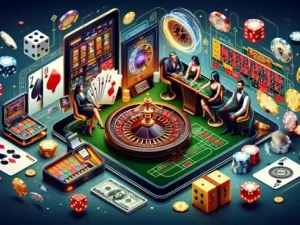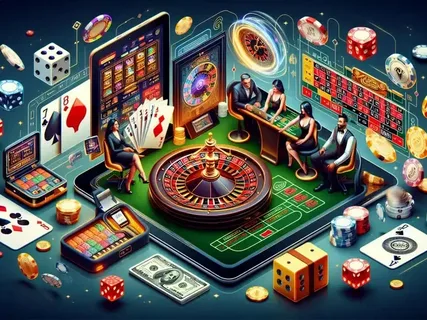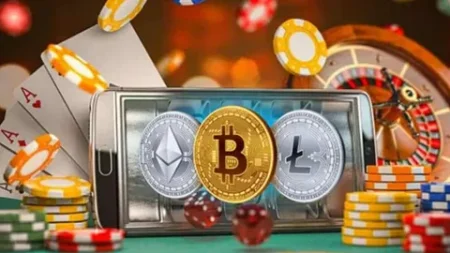Crash games have rapidly grown in popularity within the online gambling space, offering a unique blend of real-time tension and instant rewards. These games, often found on crypto casinos and gambling platforms, draw players in with the thrill of chasing profits while avoiding sudden loss. But what truly makes crash games so engaging—and addictive—is the human mind’s interaction with risk. In this article, we’ll explore the psychology of risk in crash games, shedding light on what drives players to take chances and how game design fuels risky behavior.
Understanding Crash Games
Before diving into the psychological aspects, it’s important to understand how crash games work. In a typical crash game, a multiplier increases from 1.00x upwards at a rapid pace. Players must choose when to cash out before the game “crashes.” If they cash out too late, they lose everything. The key decision is simple yet intense: stay in longer for higher rewards or exit early and secure a smaller gain.
This structure creates a high-pressure environment that taps into fundamental aspects of human decision-making and risk assessment.
Risk vs. Reward: The Human Tug-of-War
The core of the psychology of risk in crash games lies in our brain’s reward system. Dopamine, a chemical linked to pleasure and motivation, surges when we anticipate a reward. In crash games, each second the multiplier climbs, anticipation builds, and dopamine spikes. The possibility of a big win is exciting—and addictive.
Yet, with each passing second, the risk of loss also increases. This sets up a mental tug-of-war between fear and greed. Players must balance the desire for profit against the anxiety of losing everything. This constant internal conflict is what makes crash games so psychologically compelling.
Cognitive Biases in Play
Several cognitive biases are at work in the psychology of risk in crash games:
- Optimism Bias: Players often overestimate their chances of winning or beating the system.
- Loss Aversion: Losses tend to feel more painful than equivalent gains feel pleasurable. This can lead to riskier behavior in an attempt to “make back” previous losses.
- The Gambler’s Fallacy: Believing that a crash is “due” because the multiplier hasn’t crashed in a while, even though each round is statistically independent.
These biases cloud rational judgment and can lead to reckless decisions in high-stakes moments.
Game Design: Fueling the Fire
Crash games are often designed to amplify these psychological triggers. Fast rounds, real-time leaderboards, and social elements (like seeing other players’ cash-out points) all heighten the emotional stakes. The unpredictability keeps players hooked, as they believe the next round could be “the big one.”
All of this ties back into the psychology of risk in crash games, where the illusion of control, combined with near-misses and unpredictable outcomes, creates a cycle of compulsive behavior for many users.
Conclusion: Playing with the Mind
Understanding the psychology of risk in crash games is crucial not just for players, but also for developers, regulators, and mental health professionals. These games thrive on the delicate balance of excitement and danger, exploiting human instincts around reward and loss.
While crash games can be entertaining, they also come with significant psychological risks. Awareness of how these games manipulate decision-making can help players make more informed—and safer—choices.







